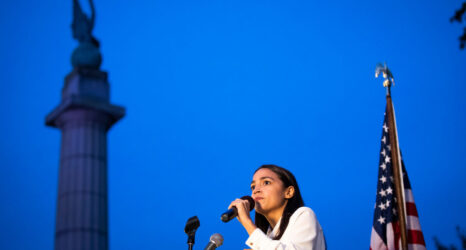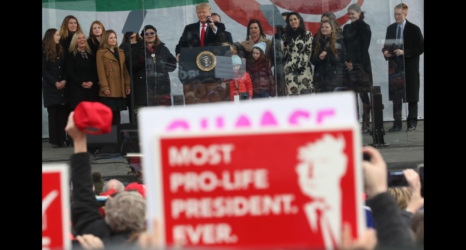When the Center for American Women and Politics was founded, there were so few women in politics that some male colleagues wondered what it would even study. Fifty years later, it’s the preeminent source for data on women in politics and public life.
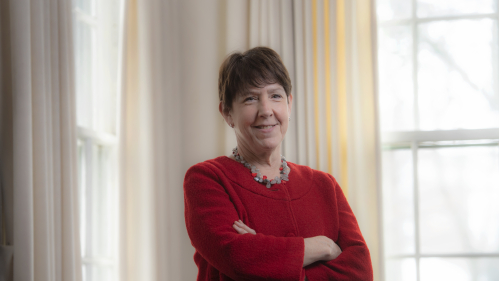
In a year marked by critical milestones and mixed outcomes for women’s rights and representation, the Center for American Women and Politics (CAWP) at Rutgers Eagleton Institute of Politics is celebrating its 50th anniversary as the original and preeminent source for data, research and resources regarding women in American politics and public life.
CAWP’s director for the last two decades, Debbie Walsh, and I recently spoke on the significance of that half-century mark, especially in the context of shared anniversaries—like the passage of Title IX of the Education Amendments Act of 1972; the Equal Rights Amendment’s approval by the House and Senate respectively in 1971 and 1972; and the Supreme Court’s overturning of Roe v. Wade on June 24, 2022, just seven months before it could reach its own 50-year milestone of constitutional protections for the right to abortion.
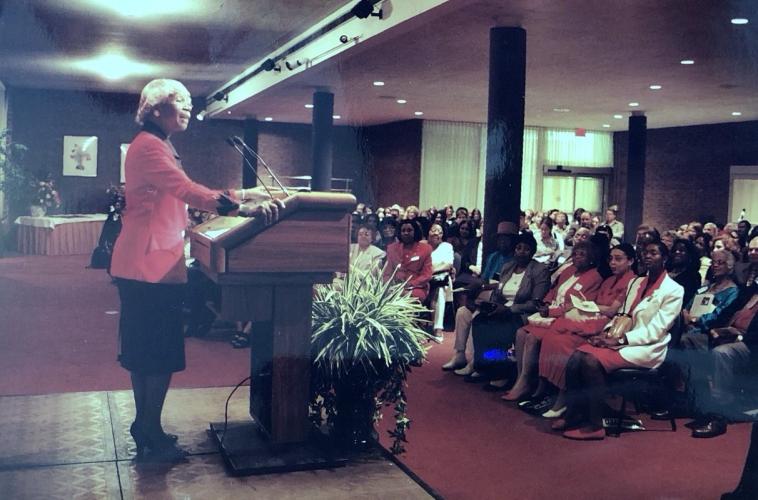
Women’s political representation has been shown to make a difference, in the U.S. and globally, when it comes to protections afforded in policy for access to healthcare, education and equal treatment before the law. CAWP’s own study of women in Congress, titled “Representation Matters,” found, among other things, that women are less partisan and more collaborative and results-oriented than men, and that they bring issues with bearing on women’s lives to the congressional agenda.
Promoting “greater knowledge and understanding about the role of women in American politics” is one of the three pillars of CAWP’s self-described mission, which also includes enhancing “women’s influence in public life” and expanding “the diversity of women in politics and government.”
CAWP’s database of women officeholders is foundational to these efforts and is widely known among academic researchers and journalists for its comprehensive historic data on women’s roles in state legislatures, as state executives and governors, and in the U.S. House and Senate. Tracing trends in women’s representation by position, race/ethnicity, party and location is an essential first step to understanding the implications of women’s representation and even, Walsh notes, in helping aspiring office holders to figure out a strategy for their own bids for office going forward.
The data, augmented by interviews, Walsh said, “is critically important and very time-consuming and tedious to collect.” A point of pride for Walsh, CAWP has made that data accessible online in “a searchable database that anyone can have access to. It’s downloadable into Excel files, so you can sort it in all kinds of ways … pull up what you need, and we’re talking about every woman state legislator who’s ever served, going back to the late 1800s.”
A big part of the narrative about women’s participation is the diversity among the women who are running and who are serving.
Debbie Walsh
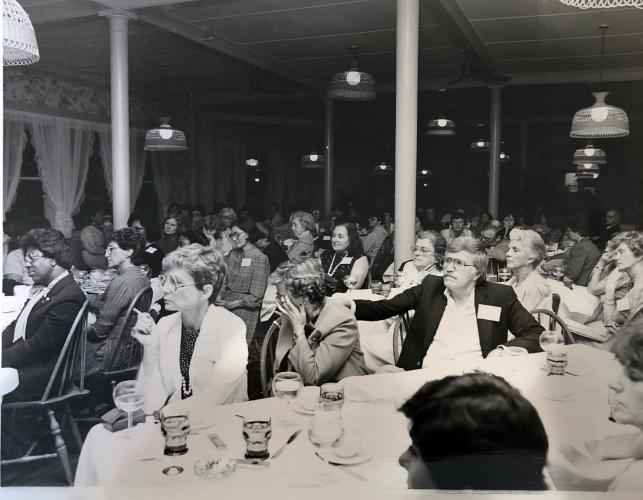
CAWP’s track record of thorough and accessible data on women office holders is distinct from what has been identified as a wider dearth of data on women, which has contributed to disparities in outcomes for women in both public and private life. Caroline Criado Perez’s Invisible Women and Catherine D’Ignazio and Lauren Klein’s Data Feminism consider the implications of this oversight in the age of data science, where algorithms lacking sufficient data about women can hardwire bias and perpetuate disparities.
Taking an intersectional feminist approach, as advocated by D’Ignazio and Klein, Walsh said CAWP has been “very committed to growing the kind of data that we’re collecting. So for the last 20 years or so … [we’ve been] making sure that we’re getting the race and ethnicity of state legislators, which we do by asking them. It’s all self-identified, which is a huge task, but one we’re very committed to because a big part of the story that we need to tell and talk about … a big part of the narrative about women’s participation is the diversity among the women who are running and who are serving.”
Women are not monolithic, Walsh is quick to point out, either in identities or policy positions. As the leader of a nonpartisan enterprise focused on increasing, not just chronicling, the number of women in office, she said she wants to “make sure we’re not just talking about getting more women elected … but all the richness of the diversity that they bring.”
“The diversity among the women who serve has grown, and so, change has happened,” Walsh said.
Alluding to recent setbacks and challenges to women’s rights, she added, “It is not fast enough. It is not enough. I think when you talk about what’s happening in the world, I’m not sure the numbers are giving us the kind of power necessarily that we want to have to affect the kind of change that I think many of us had hoped to see. I think this moment … speaks to the need for more women’s representation … that and more power associated with it. … It’s not just numbers. It also has to do with power.”
To that end, working towards its goal of enhancing “women’s influence in public life” in addition to expanding “the diversity of women in politics and government,” CAWP also runs “programs to train and educate the next generation for women’s public leadership, college women in particular,” Walsh said. The National Education for Women’s Leadership, or NEW Leadership program, demystifies the political process for college women and shows them “the points of entry for themselves into the system, whether they run for office or work in government or work for candidates” as well as subsequent paths for successful leadership.
To facilitate entry into the political arena, CAWP also runs nonpartisan campaign training programs for women through the Ready to Run program, with curriculum covering fundraising, media training, campaign organizing and voter mobilizing, all described on the CAWP website under the headline, “We Need More Women in Public Office.”
Walsh describes Ready to Run as complementary to organizations like Ignite, She Should Run and Emerge, with whom they sometimes collaborate. CAWP also hosts a Women’s Political Power Map on its website—a database of resources for women interested in elected or appointed political positions at the state or national level.
I’m not sure the numbers are giving us the kind of power necessarily that we want to have to affect the kind of change that I think many of us had hoped to see. … It’s not just numbers. It also has to do with power.
Debbie Walsh
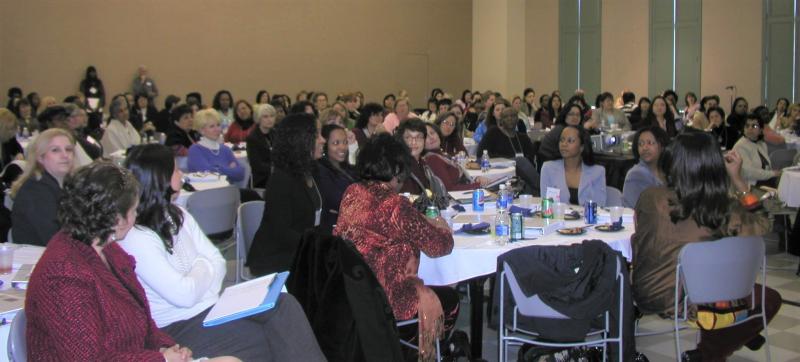
And, with its Teach a Girl to Lead program, CAWP is “trying to make women’s public leadership visible to kids K through 12,” said Walsh. “One of my favorite projects … is a reading project where we send a picture book to every woman state legislator and woman member of Congress and statewide elected woman and ask them to go back to their district or a school in their state and read the book in a classroom, and the books are always focused on … government, politics.”
The idea, Walsh continued, is “not hitting them over the head about the gender piece, but it’s, ‘Oh, here’s a state legislator who is a woman.’ That’s what it’s all about—very much the Marian Wright Edelman quote, ‘You can’t be what you can’t see.'”
Walsh notes that at the time of CAWP’s founding, there were so few women in politics—just a small handful—that some male colleagues wondered aloud what it was that the Center for American Women in Politics would even study. Now, women are still “no more than 30 percent or so at any level” of government, so, she says “there’s still quite a bit of work left to be done.”
“The progress is real” though, Walsh asserts, in that it would be considered an oversight these days not to consider gender, and now more “reporters in various news outlets prioritize gender as a subject,” such as news organizations like The 19th. Walsh expressed “great joy in is seeing that the story of women’s participation in American politics and the role that women play and the difference that women make by serving has become kind of a mainstay and a staple of journalistic stories about politics.”
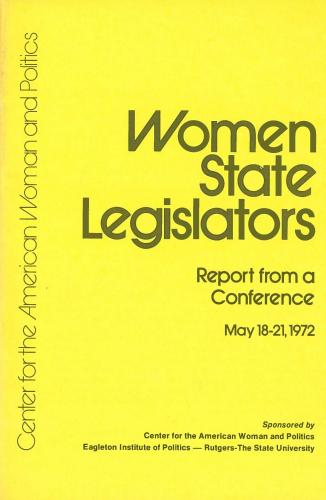
CAWP’s founding in the summer of 1971 coincided with the that of the National Women’s Political Caucus, a moment when, according to Walsh, the “second wave of the feminist movement” met “electoral politics” with the awareness that to make real change, women needed “to be disrupting from the inside in these political institutions—not just on the outside agitating.”
As essential as those “outside” roles are, in the home and education, for instance “we need to be disrupting at every level,” and importantly, from positions of political power.
In terms of observed trends in this current political moment, we see “more of women on both sides of the aisle running against each other, frankly, as more Republican women are running,” said Walsh.
In Virginia’s midterm elections, Democratic Reps. Elaine Luria and Abigail Spanberger will each face off against Republican women challengers for their House seats. In the “extraordinary year” of 2018, when the largest freshman class of women ever was elected, Walsh recalls: “Of those 36 women, only one was a Republican. Republican women lost ground—but came roaring back two years later and broke their record for candidates. We’re seeing that again in this cycle. So, I think the big story in growth has been watching what’s happening with Republican women right now and seeing where that’s going to take us.”
At the state level, “executive positions have been a kind of a really a tough nut to crack,” said Walsh. “We’ve not gotten over nine [women governors] serving at one time. You know, this is a year to watch because there’s 36 governorships up, and we have on the Republican side, a record number of Republican women running, not a record number of Democratic women running. We will see some pickups for sure.”
The story of women’s participation in American politics and the role that women play and the difference that women make by serving has become kind of a mainstay and a staple of journalistic stories about politics.
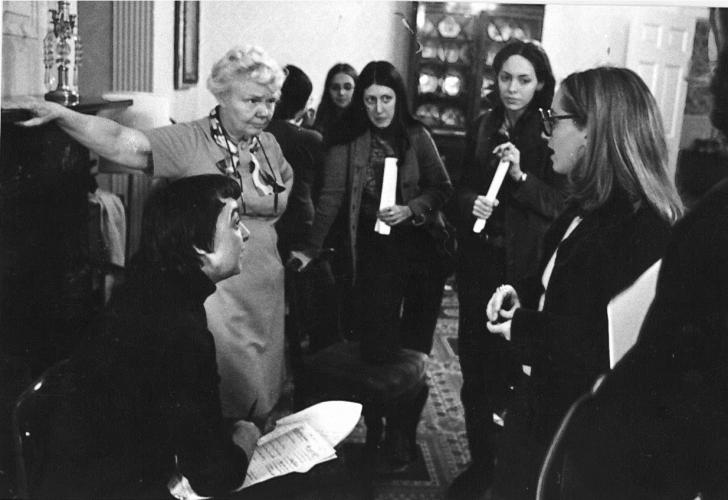
As I told Walsh, in my neighboring state of Maryland, there are seven Democrats running for governor—but all of them are men, and all of the lieutenant governor candidates are women. This led a former candidate to quip, “Women can have a seat at the table. They just can’t be at the head of it.”
A similar disappointment, from the point of view of women candidates, occurred in Virginia in 2021 when two African American women—Jennifer Carroll Foy and Jennifer McClellan—ran, each in the hope of making “history as the country’s first African-American female governor.” That is, until former Governor Terry McAuliffe secured the Democratic nomination, backed by party establishment.
Frankly, Walsh said, he just “didn’t want to get off the stage and open the door for anybody else. … I think often about that race in Virginia. Would it have been a very different story for Democrats had one of those two women been at the top of the ticket? I mean, those candidates would have brought out different voters, new voters, I think, generated kind of an excitement instead of feeling like, ‘Oh, we’re going backwards.'”
My daughters will have fewer rights and less access to reproductive healthcare than I did. We may have better numbers, but I’m not sure our power is where it needs to be.
Debbie Walsh
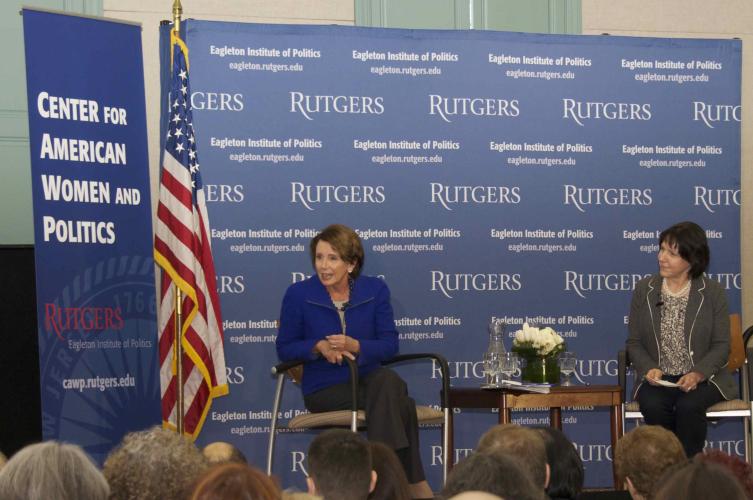
“We thought our numbers would be better,” said Walsh, when I asked where she and CAWP thought they’d be at the 50-year mark back when the center, which she joined herself 40 years ago, was founded. “And that maybe we wouldn’t still be having conversations—and they’re less—but still having conversations about what the woman is wearing, and how the woman’s voice is, and does she smile enough? Does she smile too much? I think I would have thought that, you know, I had hoped we’d break through at some of these levels… I find [it] very frustrating.”
“But I also really want to acknowledge the progress that’s been made,” she continued. “The fact that there are so many centers out there now at universities that are doing either women in politics in their state or looking at gender and policy. I mean, these were unheard of. … There was nobody else out there when we started.”
Still, some advancements are under attack now, said Walsh, like “women’s and gender studies and sexuality studies programs on campus.”
“The NEW Leadership program is under attack,” Walsh continued. “They’re weaponizing Title IX against us to say, ‘Well, you know, if you don’t accept a man, and if you don’t make this a program that’s inclusive of men and men’s leadership, then, you know, you’re out.'”
We’re still having conversations about what the woman is wearing, and how the woman’s voice is, and does she smile enough? Does she smile too much?
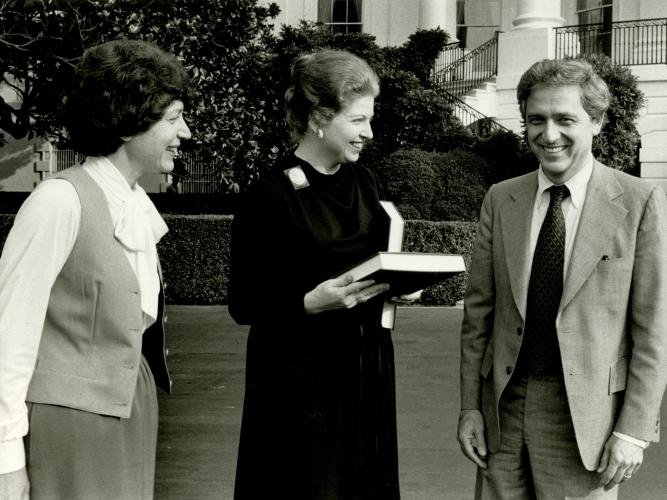
“I suppose it’s an employment security for me,” Walsh said wryly, “that … we’re not at 50 percent [political representation]. Then again, as I was saying earlier, I wouldn’t measure it by just the numbers, right? I think it’s also by the power, and I think as we watch some of these rights eroding before our eyes, the question of where does the power really lie” confronts us once again.
“I think about Roe, particularly. You know, if I think that my daughters will have fewer rights and less access to reproductive healthcare than I did, then we may have better numbers, but I’m not sure our power is where it needs to be.”
What seems more certain in the near term is that those who prognosticate about, participate in, wring their hands over and research the upcoming 2022 elections should all find occasion to consult the Center for American Women in Politics’ resources to describe, analyze, explain, forecast and bolster women’s political participation.
Up next:




